In the daily maintenance and care of plasma cutting and welding machines, several key factors should be considered to ensure optimal performance, extend the lifespan of the equipment, and minimize downtime. Here are the essential points to pay attention to:
Regularly clean the exterior and interior of the machine to remove dust, metal particles, and debris that may accumulate during operation. These can affect the cooling system, cause wear on components, or interfere with the overall operation.
Nozzle and Electrode Cleaning: For plasma cutting machines, the nozzle and electrode are critical components. Clean them frequently to prevent buildup that can affect cutting quality. Use appropriate cleaning solutions or air blowers, but avoid abrasive materials that may damage sensitive parts.
In plasma cutting, the electrode and nozzle are consumables that wear out over time. Check for signs of wear, such as discoloration, pitting, or roughness, and replace them as needed. This ensures consistent cutting quality and reduces the risk of damage to the system.For welding machines, inspect the tips, nozzles, and electrodes regularly. Overused tips can cause welding defects, so replacing them on time will improve the quality of welds and prevent overheating.
Ensure that the gas and air supply (such as compressed air or shielding gas for welding) is operating at the correct flow rate and pressure. Low or inconsistent gas pressure can cause poor cutting or welding quality and even damage the equipment.Check gas hoses and connections for leaks, wear, or damage. Leaking gas can affect the efficiency of the system and may pose safety hazards. Tighten or replace fittings as necessary.
Plasma cutting machines often use water or specialized cooling fluids to maintain proper temperatures. Check the coolant levels regularly and top up if needed to prevent overheating of the torch or plasma cutter components.Inspect the cooling system for blockages, leaks, or buildup. Dirty or clogged cooling systems can cause excessive heat and lead to equipment failure.
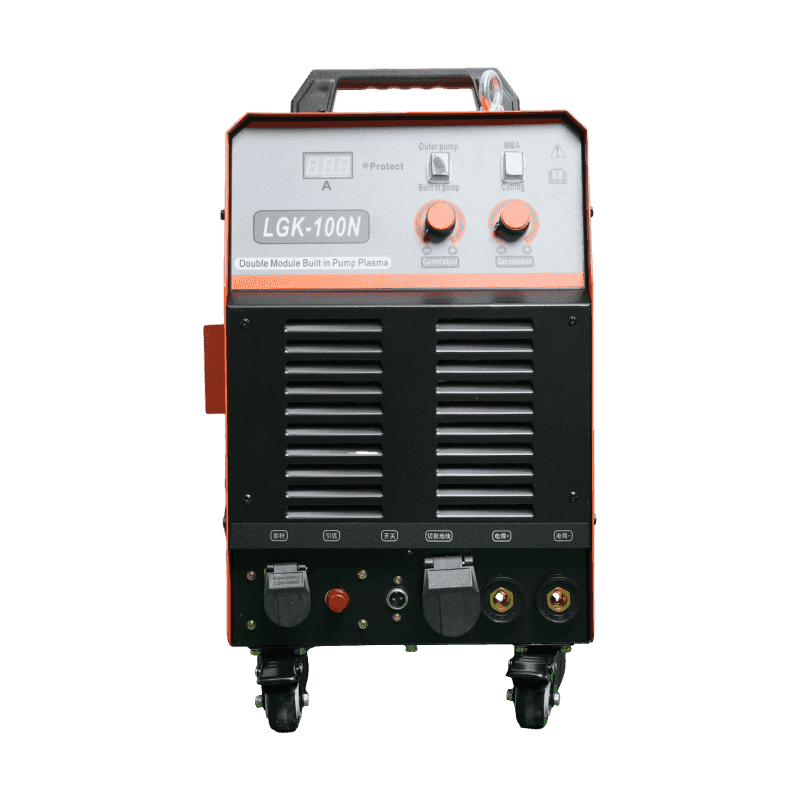
Ensure that all electrical connections are secure and free from damage. Look for frayed cables, exposed wiring, or corrosion on electrical contacts, which can cause safety hazards or equipment malfunction.Ensure that the machine is receiving stable power at the correct voltage and current. Fluctuations or improper power supply can damage sensitive electrical components.
Ensure that the welding machine or plasma cutter is properly grounded. Poor grounding can cause electric shock hazards, erratic performance, or even damage to the machine. Always verify that the ground clamp and cables are securely connected.
Regularly check the torch alignment to ensure that it is positioned correctly for accurate cutting or welding. Misalignment can lead to poor results, unnecessary wear, and damage to the machine.For welding machines, inspect the shielding nozzle to make sure it is clear of debris, cracks, or other damage. A damaged nozzle can affect the quality of the weld and increase the likelihood of spatter.
For CNC-controlled plasma cutting systems, ensure that the software settings are correct and calibrated. Any incorrect programming or miscalibration can lead to cutting errors and damage to both the material and the machine.If the machine uses software or a programmable control system, check for firmware updates or patches that may improve performance or add new features.
Regularly inspect the machine’s frame for any signs of damage, rust, or looseness. Ensure that all mounting bolts are securely tightened to prevent any vibration or instability during operation.Some components, such as moving parts and slides, may require lubrication. Refer to the manufacturer’s manual to ensure that proper lubricants are applied to maintain smooth movement and reduce wear.
Make sure that all safety features, such as emergency stop buttons, safety interlocks, and protective covers, are functioning properly.If the machine has an overheating protection system, test it regularly to ensure that it will shut off the machine in case of excessive temperatures, preventing damage.Ensure that the machine is in a well-ventilated area to prevent the accumulation of harmful fumes or gases, especially in welding operations.
By paying attention to these daily maintenance tasks, you can ensure the continued high performance of your plasma cutting and welding machines. Regular care not only extends the lifespan of the equipment but also improves the quality of work, reduces the likelihood of breakdowns, and ensures a safe working environment for operators.



 English
English 中文简体
中文简体 Español
Español русский
русский

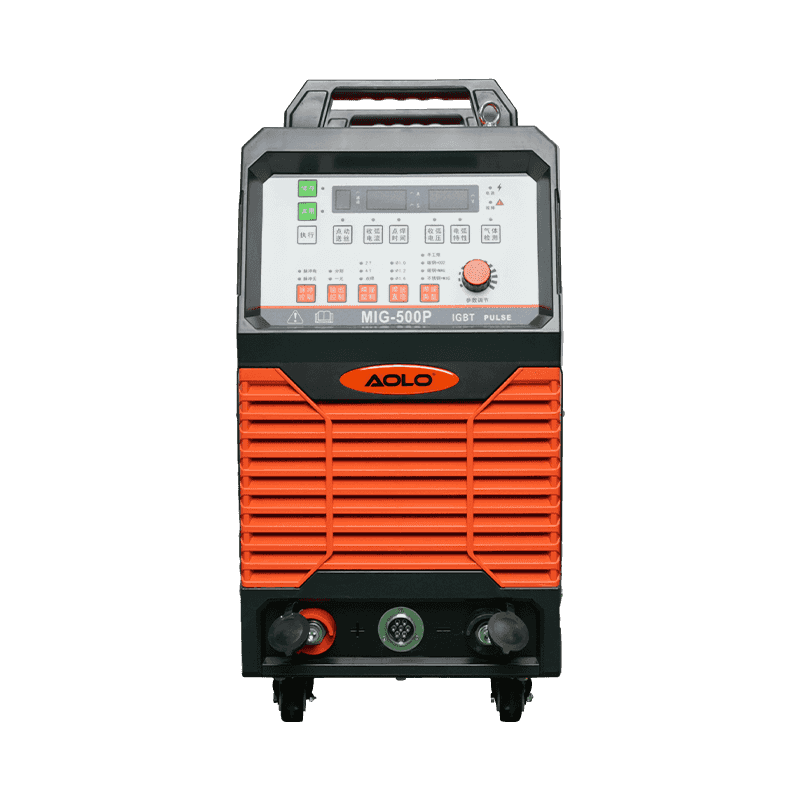
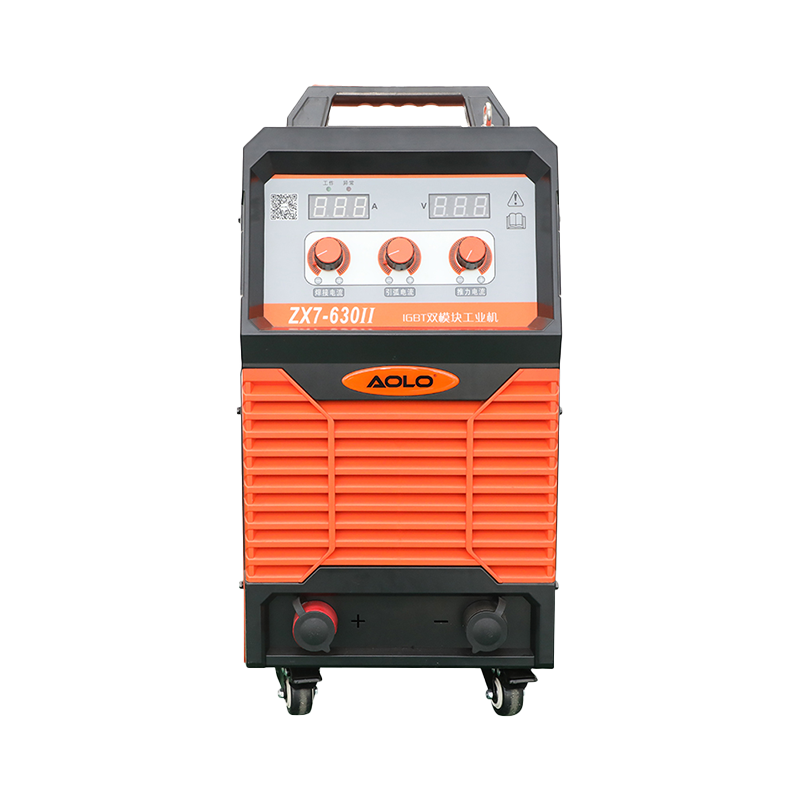
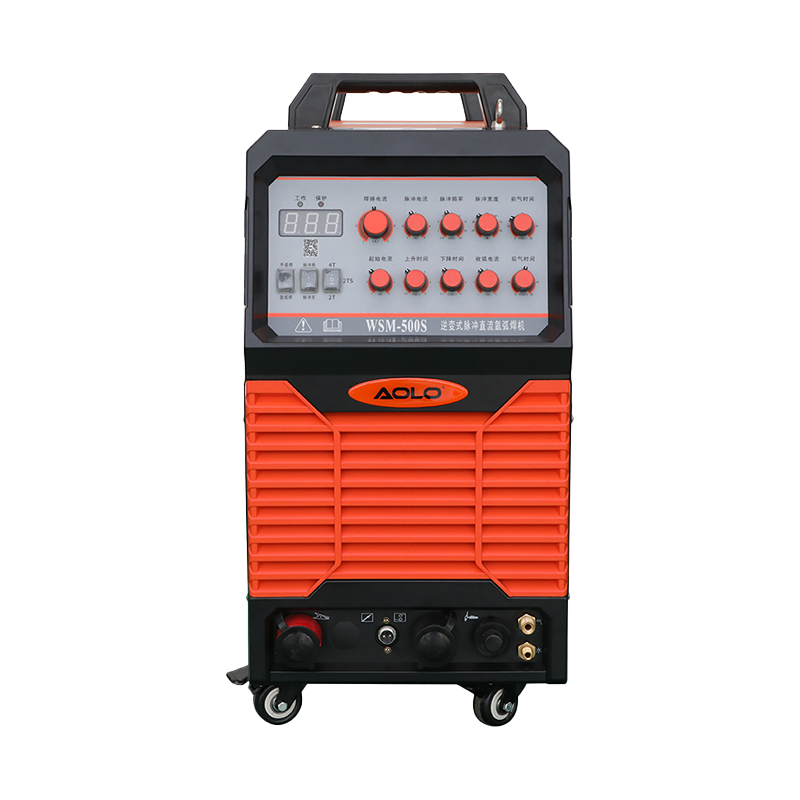
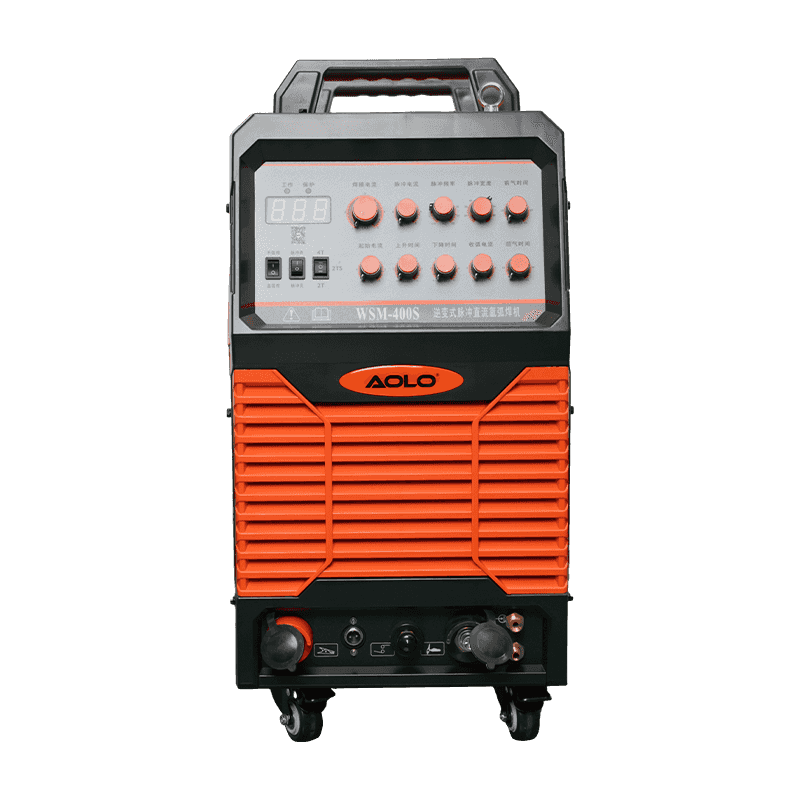
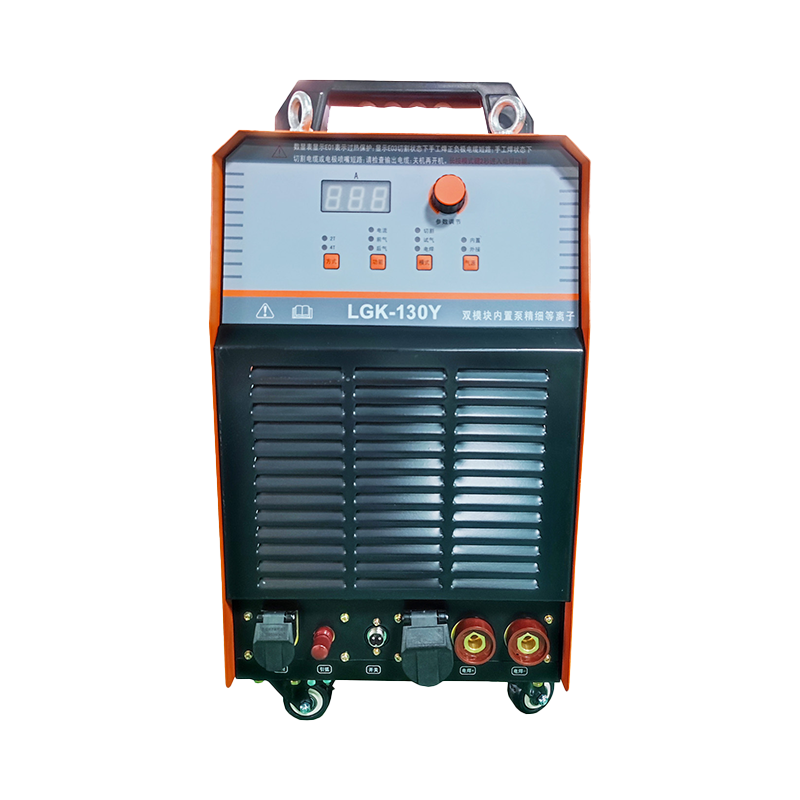
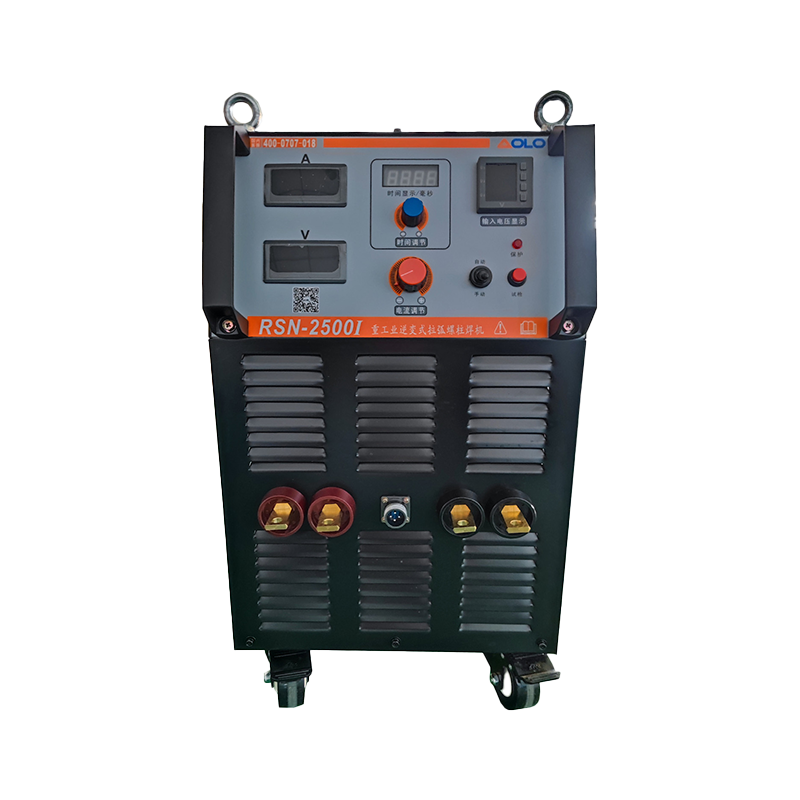
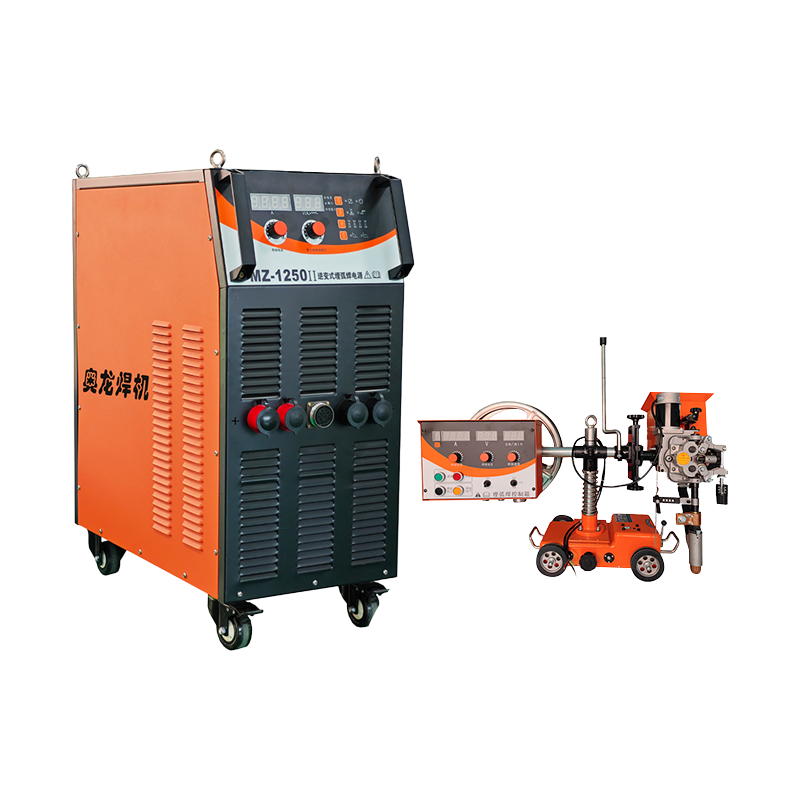










Contact Us